This week, our featured story was “America’s Champion Swimmer: Gertrude Ederle”. It’s a biography about the first woman to successfully swim the English Channel AND who shattered the men’s record by two hours. {Girl power. Ha!} It’s a great little biography, and it opened up doors to wonderful conversations about cultural shifts regarding women over the past 100 years. Our essential question was, “How might it feel to be the first to do something?” This led to great discussions as our 8-day cycle went by. We discussed how Gertrude Ederle surprised the world, and we discussed the challenges that women athletes may still face today, even though it is pretty common for women to work outside of the home now-a-days. 🙂 The kiddos were able to tell me that women don’t play in the NFL, the MLB, or the NHL. They were able to tell me that there still isn’t an equivalent to those leagues for women, even though there is a professional basketball league for women. They went on to talk about how nobody watches the WNBA as much as they do the NBA games. In fact, although they were able to rattle off the names of several famous male basketball players, not a single child was able to name even one women’s basketball star. Pretty interesting. We learned that although the role of women has evolved over the last century, there are still obstacles and stumbling blocks even today.
Of course, as I mentioned before, we use journals to have “written conversations” about our essential questions each day. The picture below shows how this looks in action. Let me explain this child’s response a bit. Earlier that day, I had read a short story about Neil Armstrong called “One Giant Leap”. After the read aloud, we discussed what it would be like to be the first person to walk on the moon or to do something equally unheard of or difficult. Since we just finished reading “Hottest, Coldest, Highest, Deepest” last week, we briefly discussed the Mariana Trench. We talked about how it is the deepest place on earth and how they explore the deepest parts of earth with robots because of the water pressure and depth. I pulled up a few pictures on the SMARTboard that showed underwater exploration and some of the creatures that we are aware of at great ocean depths. Then, I asked them to imagine that they were the first person to explore the Mariana Trench in a specially designed scuba diving suit. We briefly discussed it before I let them journal to help them think of scenarios, and this little kiddiddle incorporated some of that into her response. {I just grabbed one reading folder to snap a few pictures this time, so you will see the same writing over and over again in the next few samples too.}
The sample below (on the right) that shows how I used to work on essential questions earlier in the year. My kiddos manage time a lot more efficiently without the cutting and pasting aspect, so the journal has been working just swell for us! 🙂 I just send them home at the end of each cycle.
We spent some time creating our concept web early in the cycle as well. This is a great way to work on concept development and vocabulary. We come back to it and add on to it throughout the cycle.
We created our “What It Means to be First” posters again this year. They turned out great! After our initial discussion, I pulled mine out from last year, and explained that the kiddos would be making posters like mine about their own important “firsts”.
Throughout the week, we spent a lot of time doing repeated readings of “Gertrude Ederle”. The first time is always just a pure read aloud. The second time, I had my kiddos hunt for facts and opinions, and they wrote two examples of each on Post-Its. We used my Jot Spots again for discussion groups on the third repeated reading, and once again, it was a raging hit with the kids! The rest of the week, we went back to the text as necessary to reference information for our discussions.
To look more deeply at biographies, one day I read a cute book about Albert Einstein. We discussed how this was a story about his life {more specifically his childhood}. We also discussed how it was written by someone other than Albert Einstein… Ibi Lepsky. Of course, this book tied perfectly into our unit theme about uniqueness, and it was a short read. The kids were fascinated to learn that Albert Einstein was kind of a quirky kid with really unique interests. We had a brief discussion about his “firsts” and what he became known for later in life before part two of this exploration began.
After we talked about good ‘ole Albert, I whipped out my stash of biographies. I tried to give each kid a book that wouldn’t be too advanced for them about a person that they may be intrigued by. I also gave them sticky notes. I gave them a few minutes to walk through their books and jot down anything that they noticed about their biographies as far as organization, text features, and content was concerned. They were really excited and intrigued by the timelines and bibiliographies in particular. Of course the bibliography discussion was a great segue into our discussions about reference books throughout this cycle too. Here are some of the biographies that were utilized for this activity. Many of them are now being devoured by children who are captivated by some of these great people. These are some of my favorite series for biographies! 🙂
 |
The following picture shows some Reading Street leveled books that we used to identify facts and opinions. We had lots of great discussions about cultural shifts after reading these books, and they helped us understand why Gertrude Ederle was so beloved and celebrated for her accomplishments.
After reading our leveled books and discussing them, we watched a wonderful video on YouTube. It was apparently created by a student for a project, but they did a great job! If you want to check out the video yourself, you can watch it HERE! It’s called “Gertrude Ederle: America’s Mermaid.
We used my sweet friend The Teacher Wife’s biography unit to supplement our study. After studying so many biographies, I gave my kiddos a chance to work on creating their own autobiogaphies. 🙂 This caused quite a stir, and they turned out wonderfully. They used the templates in Lindsey’s unit for the contents, and then they created their own customized covers to express themselves.
Once we wrap up the unit, we are going to do a condensed version of my Wax Museum unit. Instead of dressing up in costumes, the kiddos are going to make posters of their subjects with holes for their heads. I am sure you have probably come across this idea on Pinterest. We are short on time, so we are going to forego the costumes this year. Either way, I just can’t wait!
Of course, we always have a weekly poem to work on fluency! This week we used “Go for the Gold!” to work on phrasing. The last line kept tripping up one of my groups, but once we chunked it several times, they were reading it like pros!
In the world of Word Work, I just added a new center this week. It was perfect for a story about a swimmer since these cute little fish can be used to build words!
Since fact and opinion was our comprehension skill of the week, we did a lot of activities to practice using that skill. In addition to the activities I have already mentioned, we used our reading series’ fresh reads to practice reading critically and looking for key words. We also used a great SMARTboard lesson by Mrs. Gilchrist.
I also used parts of my sweet friend Cara’s Fact and Opinion unit with my kiddos. I love the following pages because they help the kiddos connect the concept to their own lives and experiences.
I made Cara’s posters into a booklet as well. We went through together and the kiddos highlighted the facts. If a statement was an opinion, I had them put their hands up in the air so I knew kids weren’t highlighting the sentences. This was necessitated after a few kids didn’t follow directions and went highlighter crazy. So, to make it fun, we sang,”I put my hands up in the air sometimes. I say opinion. It’s an opinion”. I am pretty sure I won a few extra cool points that day. Wink, wink.
I also displayed these cute little anchor charts by Second Grade Cup of Tea. So adorable! Plus, I love them because we’ve been working on landforms lately! 🙂
It always makes my heart 12 kinds of happy when everything comes together. Cohesiveness is a beautiful thing. 🙂 Check out how cute the kiddos landform books are!!! I just love how they turned out! {This is part of my landforms unit on TpT, if you’re interested.}
Okay, and I would be remiss if I did not share one of my favorite resources for teaching landforms. Ladies and gents, I would like to introduce you to Teacher and the Rockbots. They have a song about landforms that my students go crazy over year after year…after year. I downloaded individual songs through iTunes, but there are CDs available on the website as well. In addition, the website also has printables to accompany the songs. We just finished completing a cut and paste activity last week. The kiddos had to solve landform riddles, and when they were completed, the lyrics to the song we were learning were already glued onto their page in order. 🙂
In closing, I wanted to share my new box for exit tickets. I am kind of in love with it. I found the box at Michael’s, and then I attached a little sign I downloaded from another blog almost three years ago when I first started blogging myself. I have tried to track it down again, but the only thing I can do is look it up in my Google Docs. It just shows Patricia L. as the owner. I would love to be able to link to her blog and the document, so if you know which one I am talking about, please let me know!
Anyway, here she is in all of her sweet glory. 🙂 Can’t wait to put it into action next week! Now, if you’ve read this entire monstrosity of a post, that is quite an accomplishment already. However, if you feel up to it, I’d love for you to “fill out an exit ticket” on your way out. I would LOVE to hear what you do in your classroom for formative assessments! Please feel free to drop your “ticket” into my comment section! Have a fabulous weekend, friends!

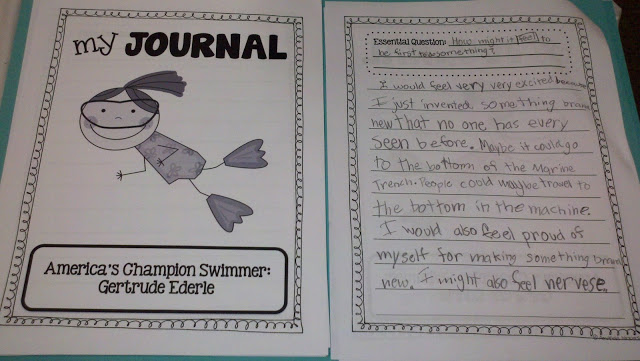


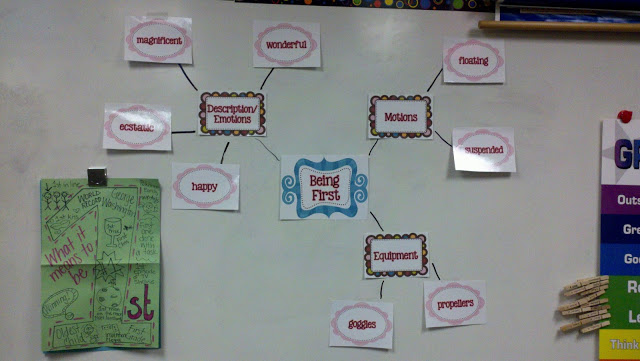
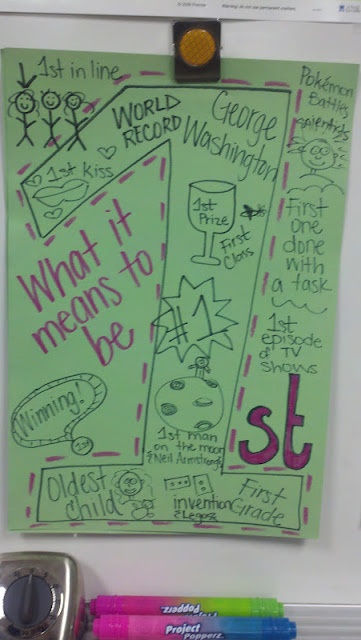
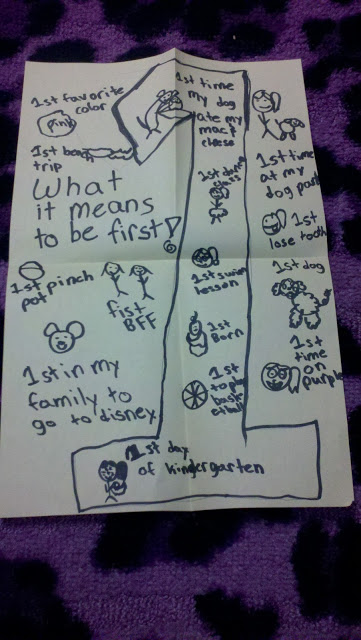
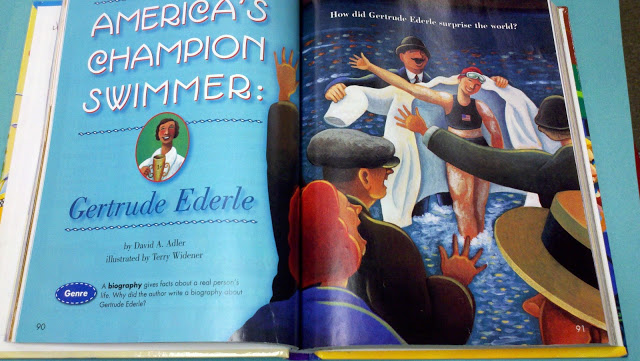
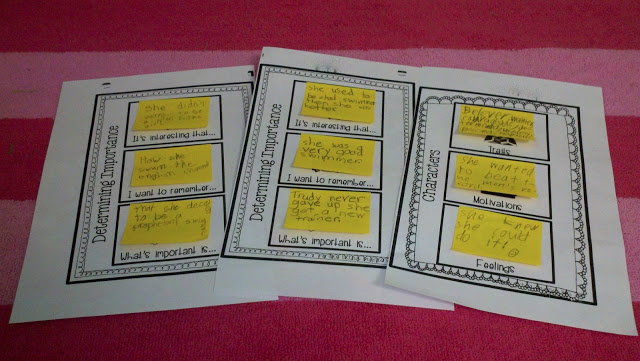
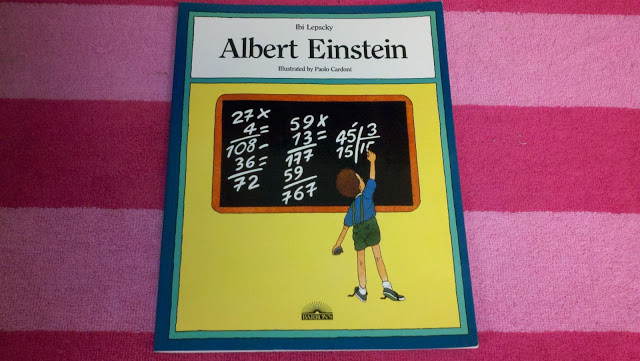
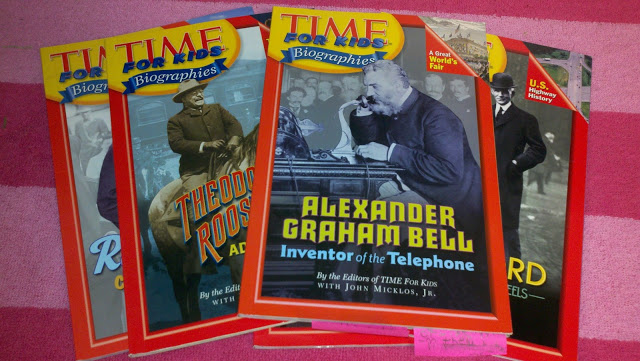
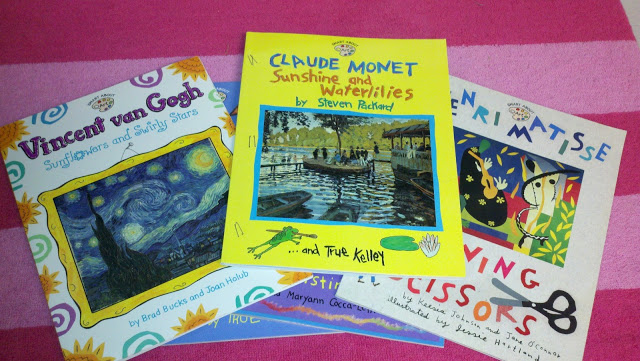
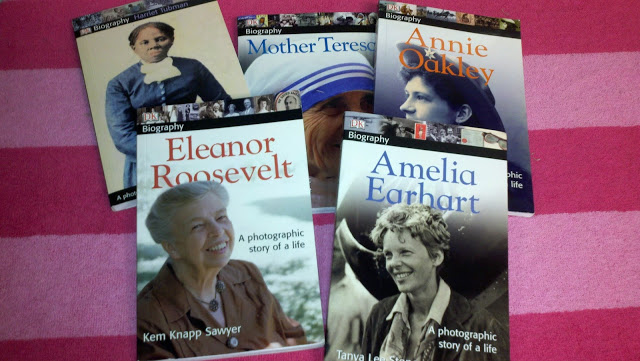

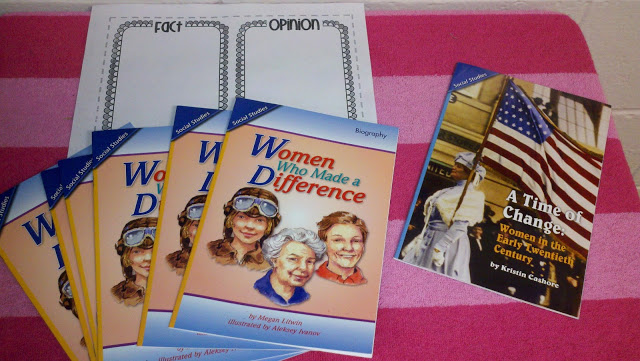
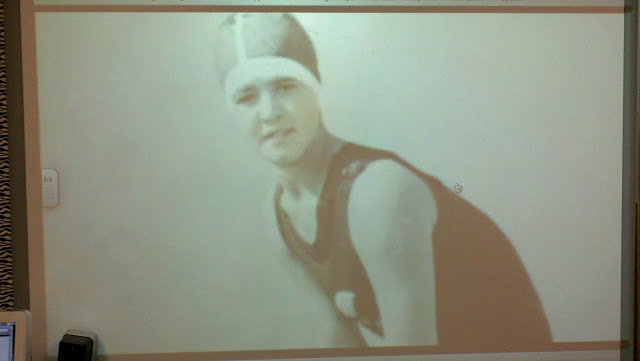

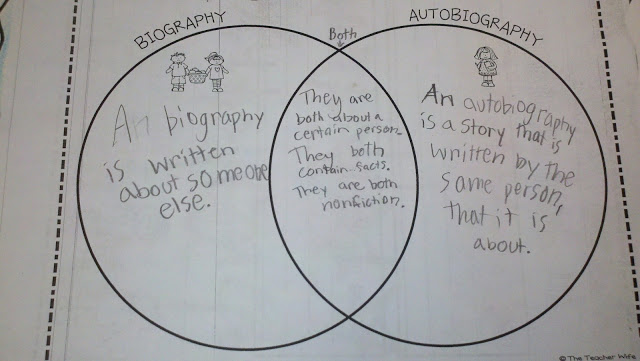
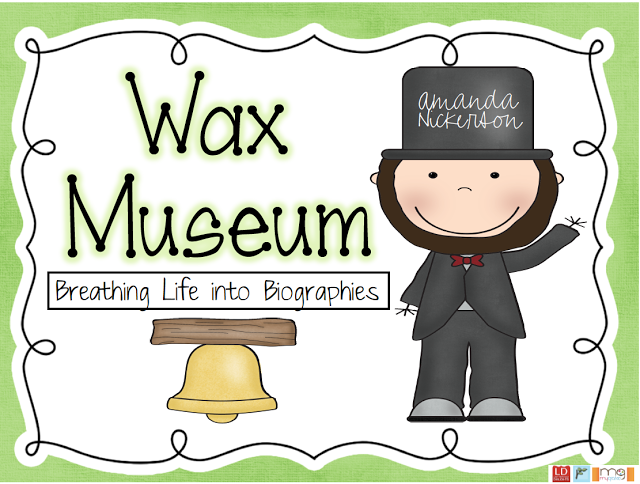


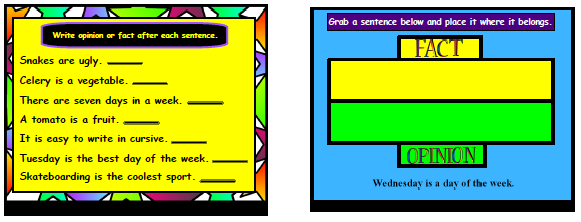
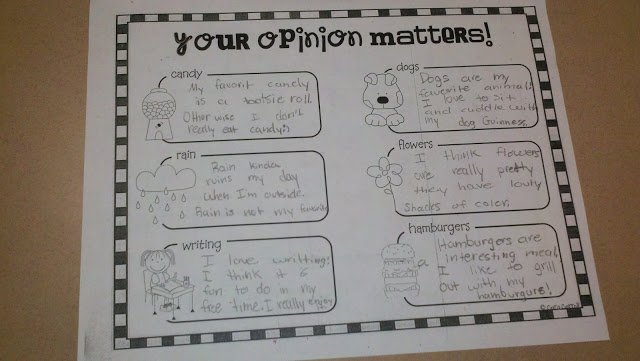

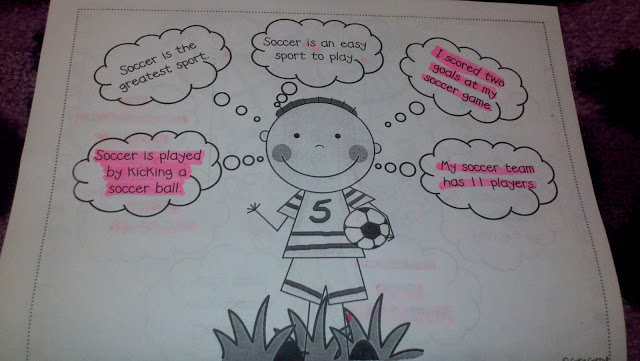
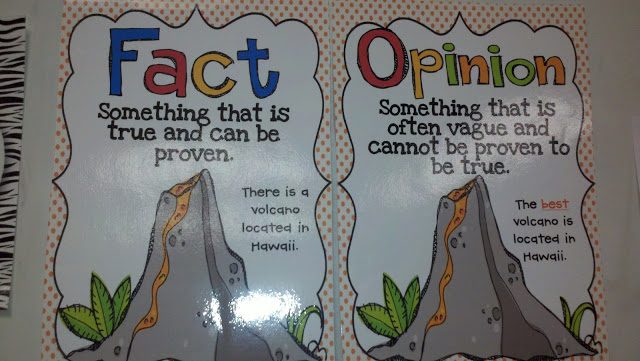
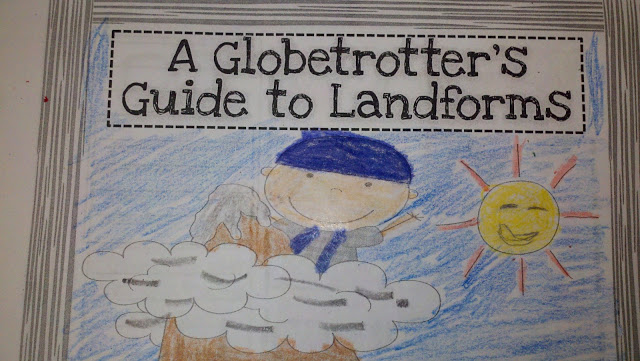



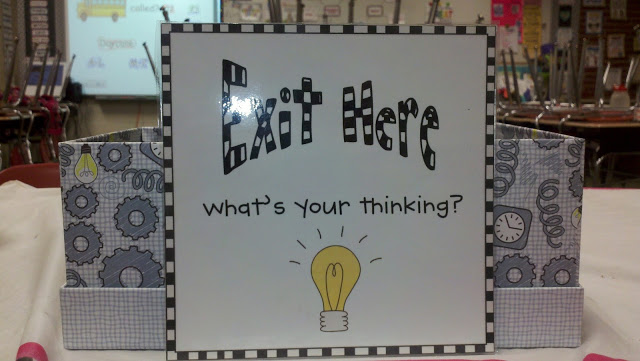

WOW! This post took so much time and effort. A fantastic collection!
Thanks, Reagan! It was a bit of a monster. It took me FOREVER, but it was fun to do! 🙂
This is such an amazing post! I teach in California, and we are now starting the Common Core standards. This post screams common core! I have a question, does reading street provide the essential questions? Or did you create them yourself? Again, amazing post!
Jessie
Hi, thanks! In Ohio, we haven't started fully implementing the Common Core standards yet. We will next year, so I am happy to hear that I am not too far off base. 🙂 The essential questions come with Reading Street. It's nice because I don't have to reinvent the wheel with them.
Love it. Still trying to get used to the new format
Thanks. It's temporary. My blog design went haywire, so I am waiting for a new design. It's a very long story. This is the best I could do in the meantime. Sorry for the switcheroo! 🙂
You had a busy week! And I'm glad your blog is OK! I heard a few years ago the Erin Condren blog got hacked and I was worried about you! I found the blog that had the exit slip poster- http://primarypractice.blogspot.com/2011/08/exit-slip-printables.html if that helps anyone. As far as formative assessment goes, I recently started using your Sticky Note Jot Spots, and they have been very helpful! We use your magic hat idea for vocabulary and grammar, and lots of grammar games too.
In Massachusetts, one of the past MCAS tests (that we reuse every year for test prep) is all about the first woman to swim the channel. I was confused at first because she's referred to so often as "Trudy," so at first I thought you were writing about someone else! If you ever want another text for the kids to check out, just Google "America's Best Girl MCAS" and it should pop up in results for you, free to print off! 🙂 In terms of reading comprehension skills, it's great for higher level sequencing (it includes a flashback).
I love the landforms books! Toooo cute!! I'm your newest follower! If you ever get a chance, please stop by my blog! I love yours!
✿Sue✿
✿Science for Kids Blog✿
I have a question about your concept webs. Do you discuss it with the class and then make the posters for it? Or do you make the posters first and then put them together with the class? How do you come up with what to do for the concept webs. This is something I want to try in my class too!
Thank you,
Jessie
Hi, Jessie! The Concept Webs are part of my curriculum. I decided they were under-utilized, so I decided to play around a bit to see how I could make them work for us. I basically type out the words, laminate them, and cut them apart. I have the kids tell me where to put all of the words to group them, and we talk about why each word belongs in its respective category. They create a web at their desks too.
I just want to say AMAZING! I love the essential question, the development of the kids thought. Just amazing! You just kept me inspired for the night and trust me I need that, so thanks 🙂 Tell those kiddos they should be very proud of their higher-level thinking!
Thank you SO much! I tell them I'm proud of them every day! 🙂
Wow! I love seeing the activities you do in your classroom. Do you have any pictures or examples of activities you did with "Rocks in His Head?"
Thank you! I just shared a couple of ideas here last year: http://oneextradegree.blogspot.com/2013/01/rocks-in-his-head-and-little-problem.html.
I use reading street also in third grade and this will be my second year teaching. I would LOVE to know more about how you use the curriculum!